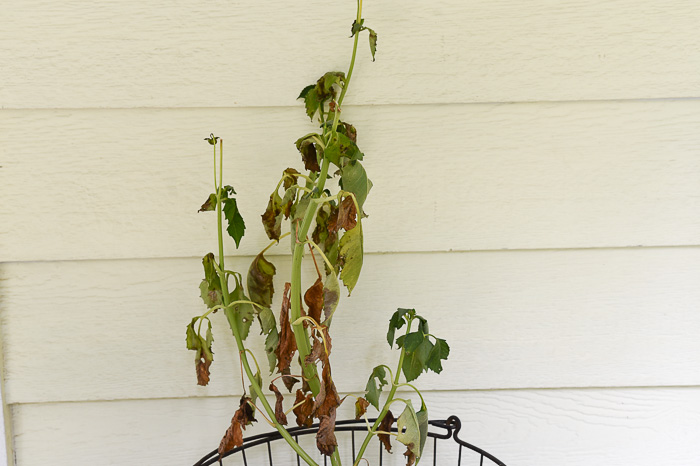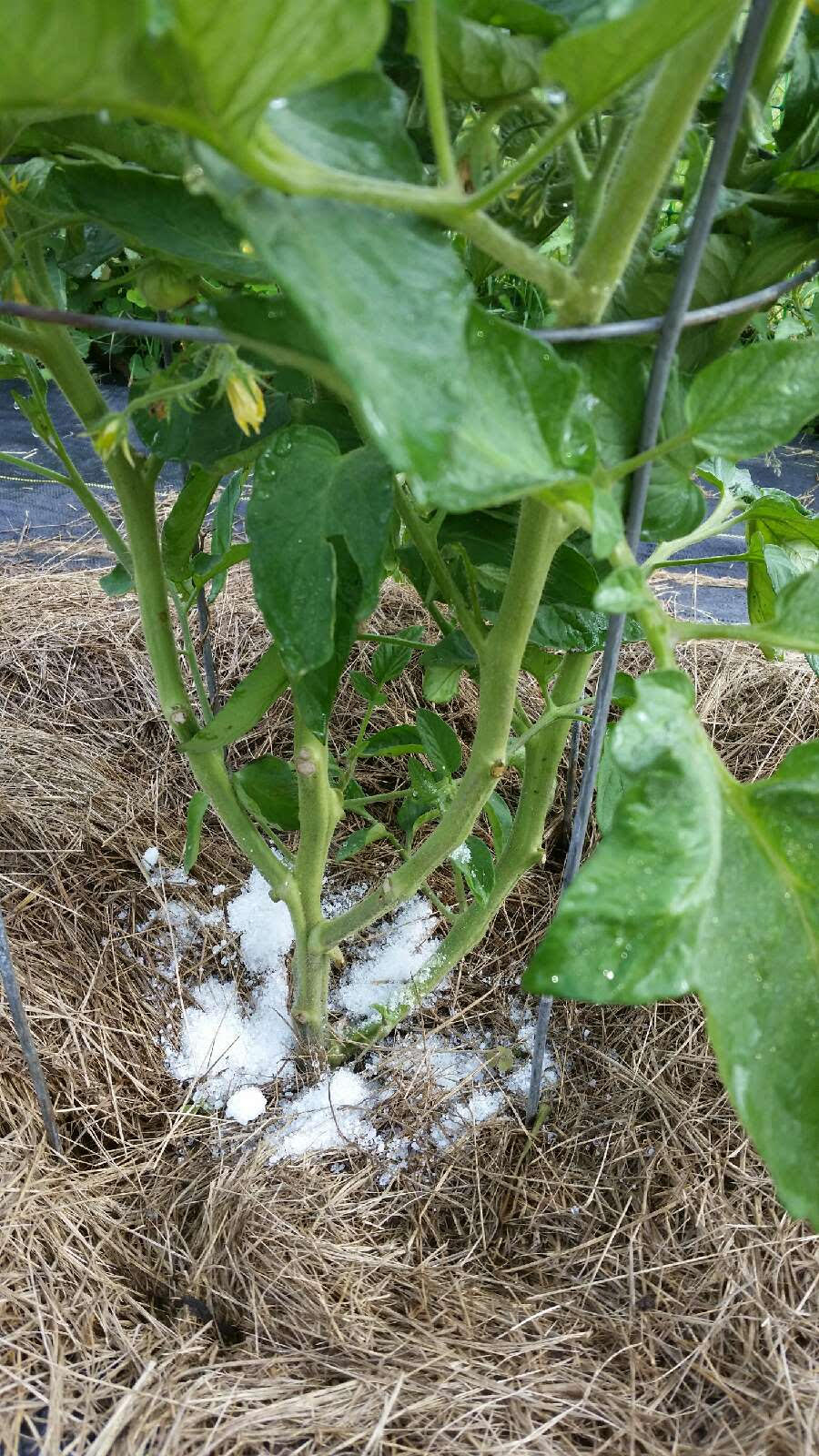Discover the Details Plants That Are Negatively Influenced by Epsom Salt Application
Epsom salt, a prominent home treatment for numerous horticulture issues, is usually applauded for its advantageous effects on plant development. Recognizing the details plants that can be detrimentally impacted by Epsom salt is critical for any kind of garden enthusiast looking to enhance their plant care routine.
Roses

Roses, especially conscious adjustments in their atmosphere, can be negatively influenced by the application of Epsom salt. While Epsom salt is generally utilized as a fertilizer to advertise plant growth and enhance flowering, roses are just one of the plants that do not react well to its application. The high magnesium content in Epsom salt can disrupt the uptake of other crucial nutrients by the rose plants, leading to shortages that manifest as yellowing fallen leaves or stunted growth.

Tomatoes
While Epsom salt is often proclaimed as a solution for different plant problems, consisting of blossom end rot in tomatoes, its application can lead to harmful outcomes if not used judiciously. Too much Epsom salt, which is magnesium sulfate, can interfere with the delicate nutrient equilibrium required by tomatoes, possibly leading to deficiencies in various other crucial nutrients like calcium. When thinking about the usage of Epsom salt on tomatoes, it is vital to adhere to recommended application prices and soil testing to stop unexpected repercussions on the overall wellness and efficiency of these cherished garden plants.
Peppers
Peppers, admired for their numerous shades and levels of spiciness, can show susceptibility to unfavorable effects from Epsom salt when not applied with treatment and consideration for their certain nutritional demands. what plants don't like epsom salt. Peppers, coming from the Solanaceae household, call for a delicate equilibrium of nutrients to flourish. While Epsom salt is known to enhance magnesium degrees in plants, too much application can disrupt this stability, resulting in unfavorable impacts on pepper plants
When peppers are revealed to high levels of magnesium from Epsom salt, it can conflict with the plant's ability to take in other important nutrients like calcium and potassium. This inequality may materialize in signs and symptoms such as leaf staining, stunted development, and reduced fruit production. In addition, the excessive magnesium can change the dirt pH, further exacerbating nutrient uptake problems for peppers.

Rhododendrons
Given the sensitivity of specific plant varieties to discrepancies brought on by Epsom salt, it is important to consider the effect on Rhododendrons, which likewise need certain nutrient levels to flourish. Rhododendrons are acid-loving plants that choose acidic soil conditions with a pH variety in between 4.5 and 6.0. Epsom salt, chemically called magnesium sulfate, can change the soil pH and interrupt the delicate balance of nutrients important for Rhododendron wellness.

To keep the ideal growth and health and wellness of Rhododendrons, it is essential to avoid the unplanned use Epsom salt and rather concentrate on supplying the certain acidic soil problems and nutrients that these plants require for flourishing.
Azaleas
These prominent blooming plants are typically located in parks, landscapes, and gardens due to their beauty and flexibility. While Epsom salt is typically used as a treatment for magnesium shortage in plants, its application to azaleas can have unfavorable impacts.
Azaleas favor a little acidic dirt problems, and an extra of magnesium from Epsom salt can interrupt this balance, leading to nutrient imbalances and potential poisoning issues. The inaccurate application of Epsom salt can result in stunted growth, yellowing of leaves, and overall decline in the health and wellness of azaleas.
Conclusion
To conclude, it is very important read the article to be knowledgeable about the particular plants that can be detrimentally affected by the application of Epsom salt. Roses, tomatoes, peppers, azaleas, and rhododendrons are some instances of plants that might not benefit from Epsom salt and can also suffer damage. It is crucial to research study and recognize the needs of each plant species before utilizing Epsom salt as a plant food to guarantee their health and wellness.
Recognizing the specific plants that can be detrimentally influenced by Epsom salt is essential for any type of garden enthusiast looking to maximize their plant treatment routine. While Epsom salt is generally utilized as a plant food to advertise plant development and boost flowering, roses are one of the plants that do not respond well to its application.Excessive usage of Epsom salt can likewise result in an accumulation of salts in the dirt, leading to root damages and dehydration of the rose plants. While Epsom salt is recognized to boost magnesium levels in plants, extreme application can interrupt this equilibrium, leading to adverse effects on pepper plants.
The high salt content in Epsom salt can also dehydrate Rhododendron roots, causing additional anxiety and damage to the plant. (what plants don't like epsom salt)
Comments on “Gardening Tips: What Plants Don't Like Epsom Salt and The Reason Why”